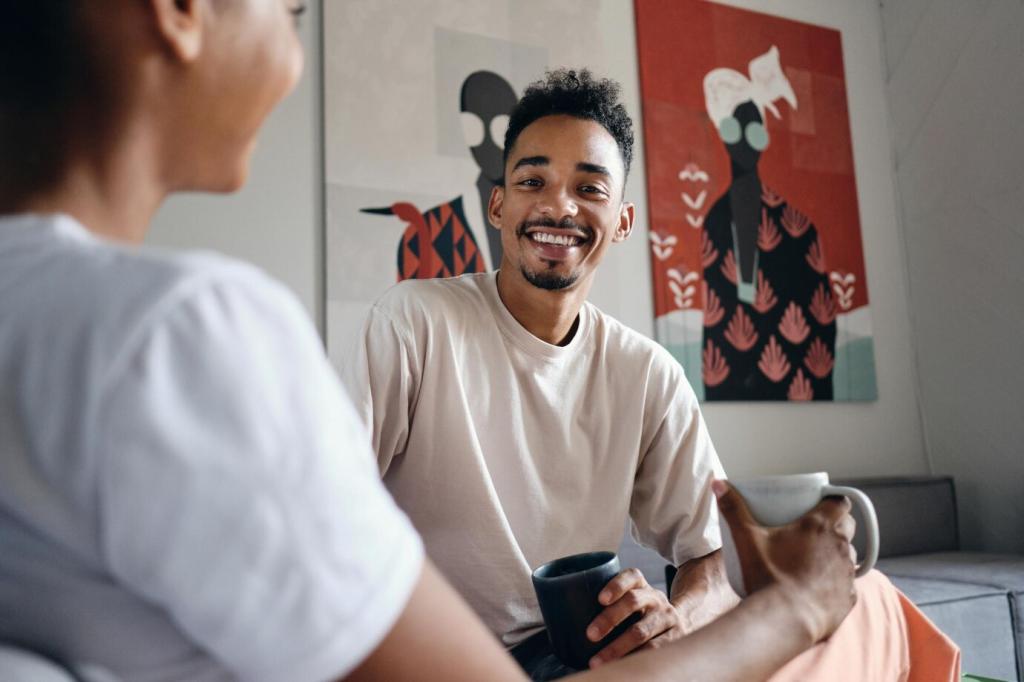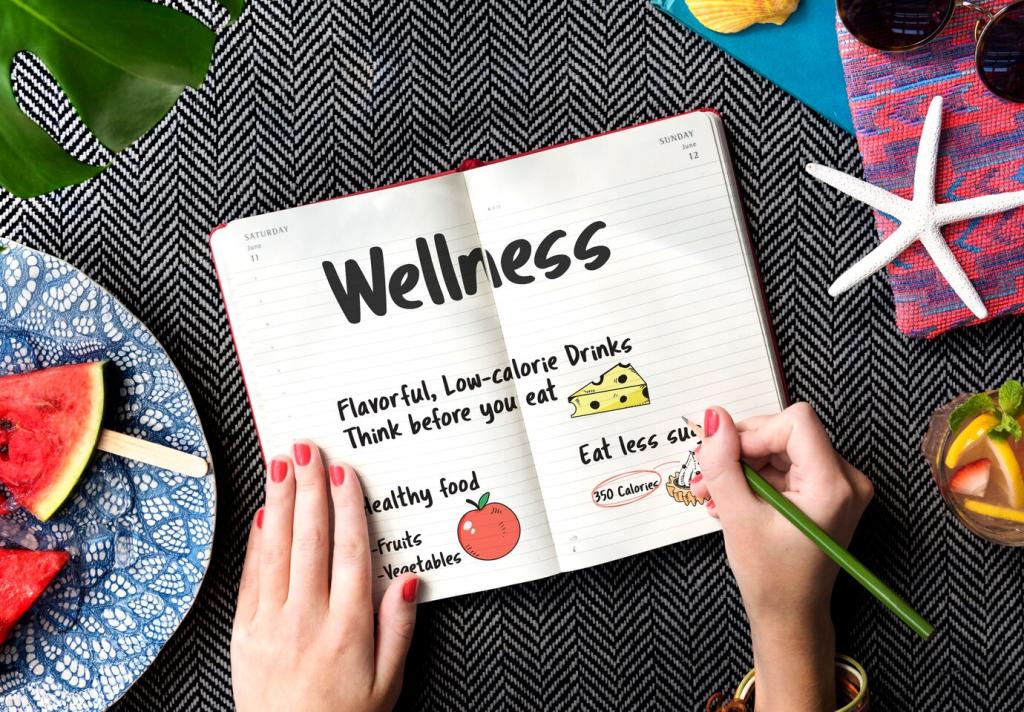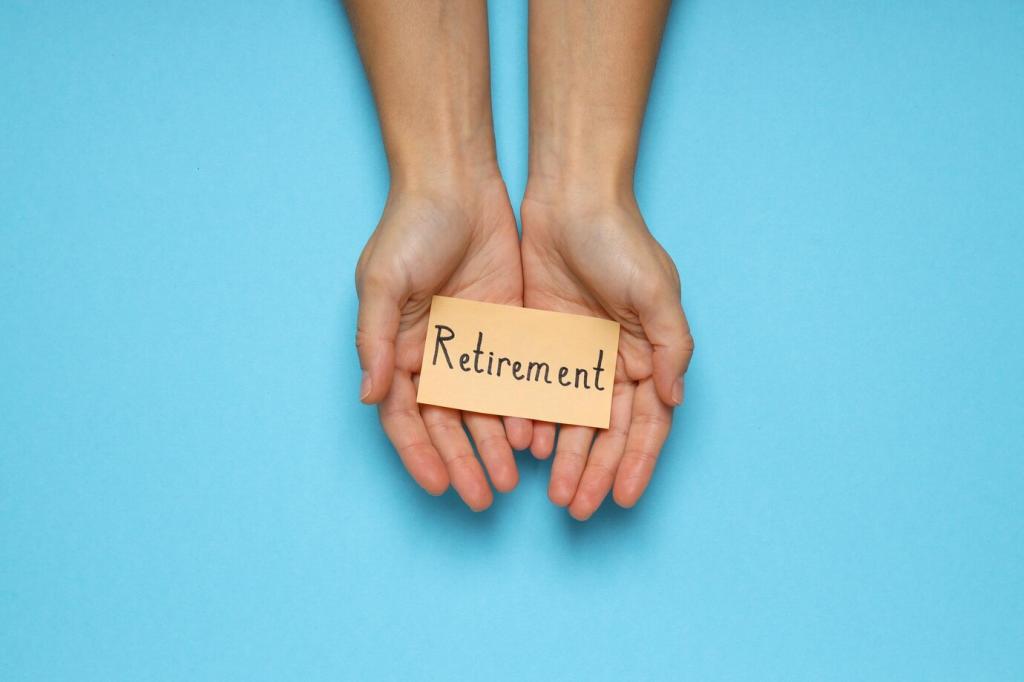Art Therapy in the Treatment of Anxiety and Depression
Why Art Therapy Helps the Anxious and Depressed Mind
The Brain on Creativity
When we engage in drawing, collage, or clay, the brain’s sensory networks awaken, shifting attention from rumination to tangible action. Studies suggest art-making can reduce cortisol, the stress hormone, while increasing a sense of agency. As hands move, thoughts soften, and the nervous system finds a steadier rhythm, especially helpful during anxious spikes.
Regulating the Stress Response
Simple, repetitive strokes—like shading, stippling, or weaving lines—mirror calming breath patterns. This rhythmic engagement cues the parasympathetic system, signaling safety. Over time, these embodied practices build capacity to notice mounting anxiety earlier and respond with grounded creative steps rather than spiraling into avoidance, panic, or hopelessness.
From Rumination to Expression
Depression often traps stories inside, looping quietly. Art therapy opens a parallel pathway for expression, where color and texture hold what feels unspeakable. By externalizing worry or grief onto a page, distance appears, insight emerges, and self-compassion grows. Share a piece you’ve made and reflect: What did your image say that words did not?
Getting Started: Safe, Simple Practices at Home
Set a timer for five minutes. Choose one calming color and match your breaths to gentle strokes: inhale, draw outward; exhale, return inward. Let shapes echo your breathing rhythm. This brief practice reduces overwhelm while building a daily ritual. Comment with your color choice and how your mood shifted afterward.
Stories from the Studio: Courage in Color and Line
Maya arrived with racing thoughts and tight shoulders. She began drawing layered blue circles, darker at the center, lighter at the edges. Week by week, the circles loosened, then opened into spirals. She said, “I didn’t force words. The paper held them.” Share a motif you return to and what it whispers.
After a difficult loss, Jorge painted in grayscale for months. One day, a thin line of yellow appeared. He laughed through tears, saying, “I didn’t plan that.” The color became a gentle chorus beneath heavy tones, marking a turning point. If color surprised you during a tough time, tell us how.
In a community session, participants added textures to a collective mural: tissue clouds, charcoal shadows, metallic threads. Someone wrote, “I am not alone,” tiny but clear. The shared making dissolved isolation, a hallmark of depression. Would you join a collaborative piece online? Comment yes, and we’ll organize a virtual mural prompt.

Paper, Journals, and Surfaces
Mixed-media paper tolerates layering and mistakes, ideal when anxiety fears doing it wrong. A sturdy journal creates continuity, letting progress feel visible. If large pages feel intimidating, start postcard-sized. Small surfaces lower the stakes, encourage frequency, and turn sessions into manageable, repeatable acts of care you can celebrate.
Color Palettes and Mood
Cool greens and soft blues often soothe, while warm ochres and gentle pinks can rekindle low energy. Create a tiny palette card for anxious days and another for depressive dips. Choosing from a prepared set reduces decision fatigue. What three colors feel kind to you? Share them to inspire others.
Digital Art for Low-Barrier Entry
A tablet or phone drawing app can be less messy and more accessible on low-energy days. Try pressure-sensitive brushes for grounding and layers for safe experimentation. Set a ten-minute timer to avoid screen fatigue. Post a screenshot of your favorite calming brush and describe how it supports your practice.

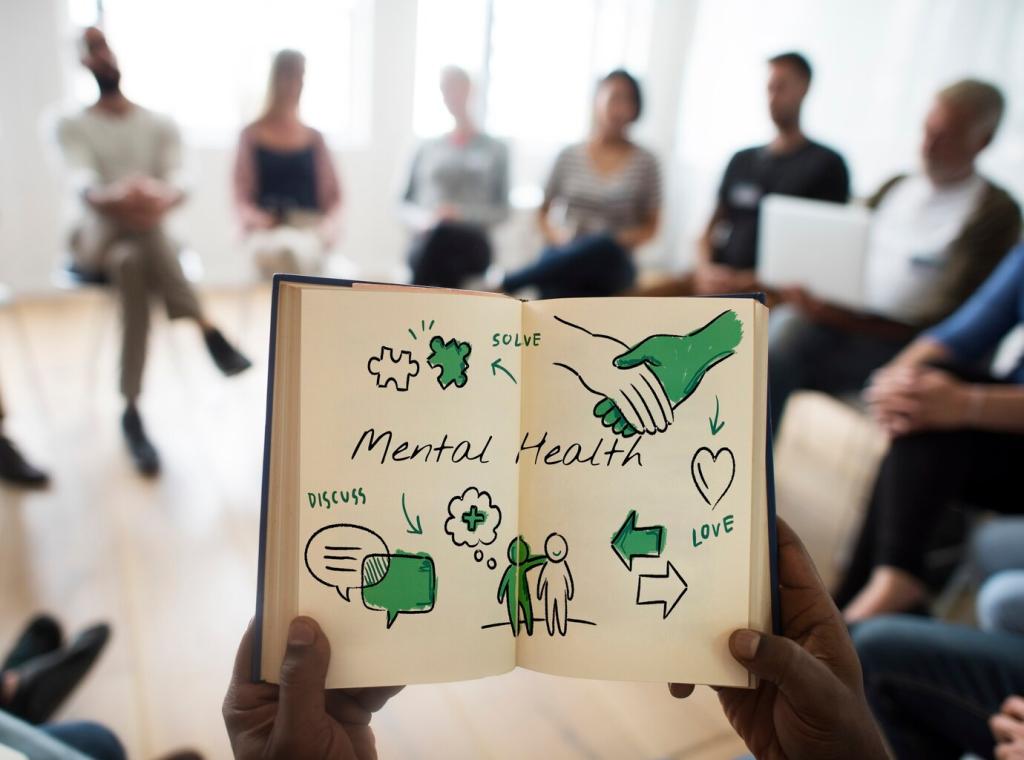
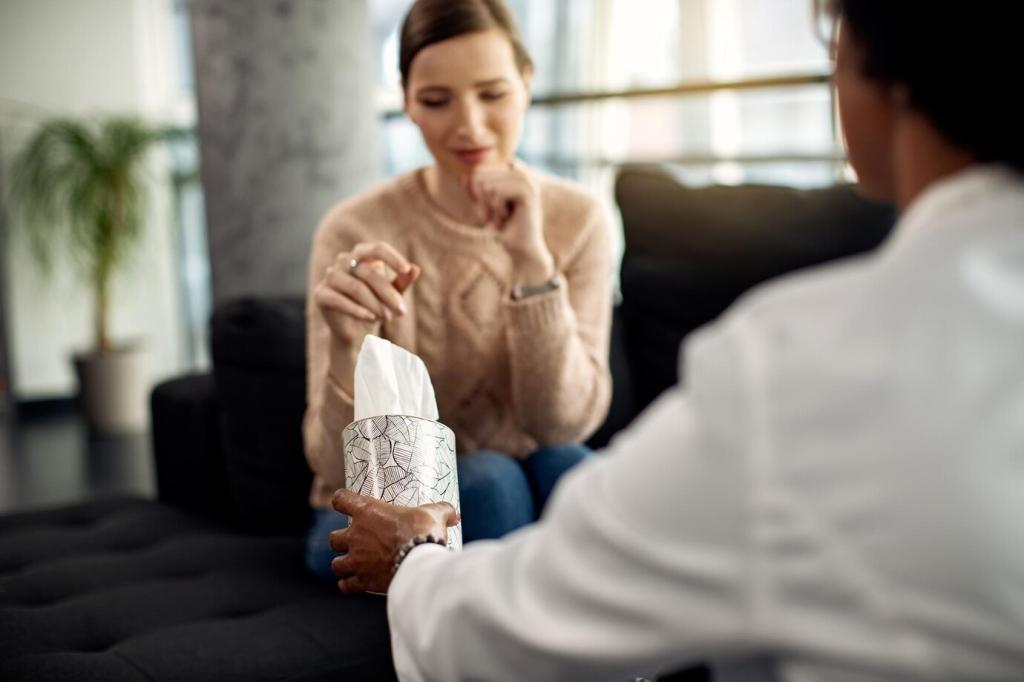
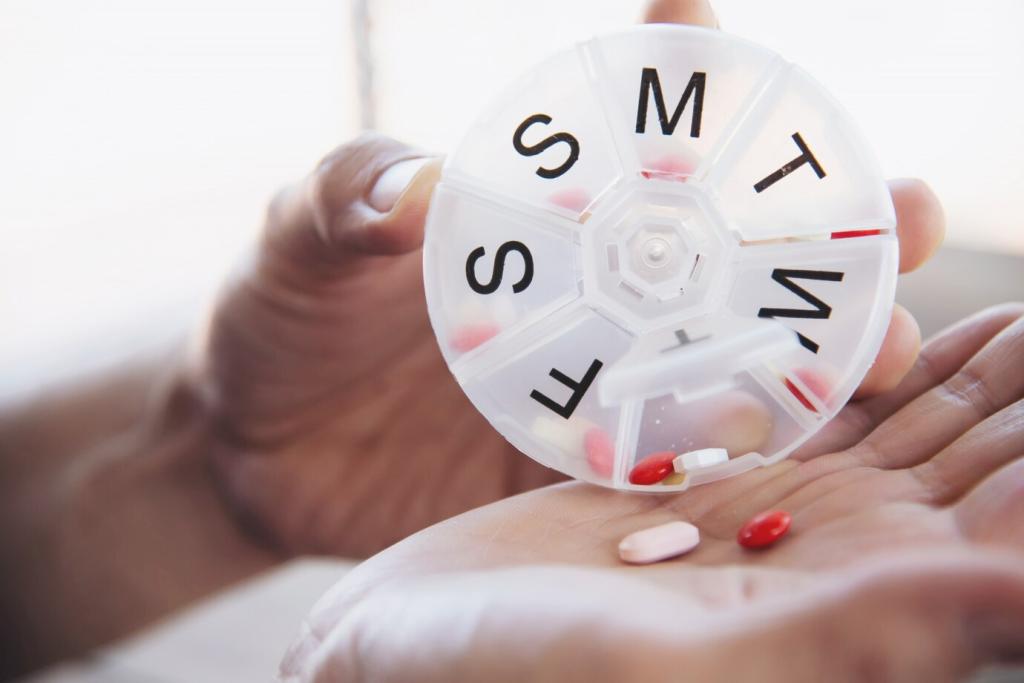
Tiny Rituals That Stick
Attach a five-minute sketch to existing habits: after brushing teeth, before lunch, or before bed. Keep materials visible and simple. Rituals thrive on ease, not heroic effort. Track streaks with compassionate flexibility, celebrating returns after breaks. Share your favorite anchor moment so others can borrow what works.
Collaborating with Your Clinician
Bring pieces to therapy sessions. Discuss symbols, recurring colors, and sensations during and after making. This enriches insight while integrating art therapy with cognitive or medication-based treatments. Ask your clinician for creative homework that supports goals. Comment with questions you’d like to bring to your next appointment.
Tracking Mood and Meaning
Add a small note under each artwork: date, dominant color, one feeling word, one body sensation. Over weeks, patterns appear—perhaps mornings suit calmer palettes or music increases flow. This compassionate data informs adjustments. Would a printable tracker help you? If yes, subscribe, and we’ll send a free template.
